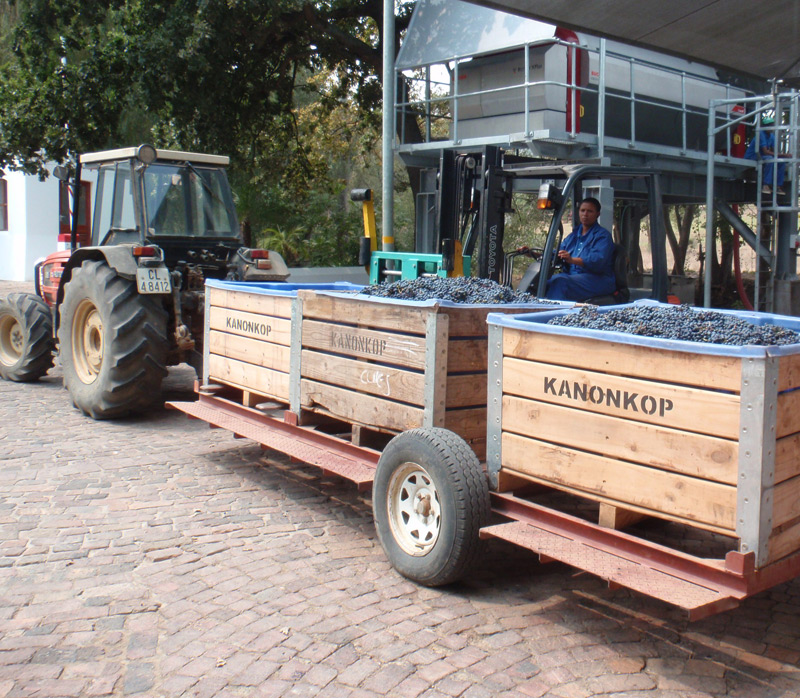In South African Wine on 30 Jan 2014
I wrote recently about an interview with Kanonkop winemaker Abrie Beeslaar in which he said, “should make you hungry and wine should make you thirsty.” The quote stuck with me. Elsewhere in the conversation, he says that when he drinks wine, he wants to really drink it––not just taste. Sometimes you want to enjoy a bottle over a long lunch or dinner, rather than get knocked over the head with something that steals the show.

It’s not surprising, then, that Beeslaar’s classic contribution to South African wine, Kanonkop’s Paul Sauer blend, is the perfect example of such a bottle. At $45 on Cape Ardor it’s about the same price as many of the entry-level collectors’ Napa Cabs that feature rippling, aggressive tannins, big fruit, and ripe alcohol. Should it be a showstopper for that price? Certainly. But I’d submit that we might benefit from adjusting our definition of the term.
I enjoyed the 2008 Paul Sauer, a Bordeaux blend of 69 percent cabernet sauvignon, 22 percent cabernet franc, and 9 percent merlot, over two days in a variety of situations. I drank a glass with a friend while catching up. I paired it with Mexican fare, notably enchiladas mole, from a great place in Madison. And on a much-appreciated day off I thought to have a glass and add to my tasting notes for this post.
I normally taste with snacky stuff: crackers, maybe some cheese, olives, nuts, dried fruit. A certain sommelier I once knew used to say, “Good wines with food. Great wines alone.” He meant that to fully enjoy the Classics, you don’t need food––you’re not trying to bring anything out or complement anything. They should steal the show on their own. The $15 dolcetto, the $10 sauvignon blanc––those are the sort of wines you have with a meal.
When I stuck my nose into my glass of this wine after it had had the chance to open up, I was struck by the impulse to abandon my snacks and make a meal worthy of the amazing creation before me. Not to channel Galileo, but this wine is like light itself: it illuminates the space it’s given, embracing center stage or a quiet corner with equal dedication to its role. Alone, it bursts with elderberries, just a hint of smoke and licorice thanks to its 24 months in new oak, and cassis and cherry, with surprisingly subtle tannins for Kanonkop’s every-two-hours punchdown regimen. With a meal (in the second instance, leftover pizza with green olives, mushroom, onion, and peppers––I’m no gourmand when the wind gusts are over 30 mph) it seamlessly fades back but not out, refreshing the palate with every sip, offering up those present but nonaggressive tannins and titillating, not searing, acidity.
I really love this wine. Rather than acting as either a straight man or a scene stealer, it actively makes its environment better, whether it’s improving the taste of your leftovers, starring in an amazing meal, or contributing to a great night with friends. Just don’t be surprised if you find yourself wanting more and more: every time I’ve enjoyed this wine, I’ve caught myself reaching for the bottle much more frequently than usual to pour myself another glass. When the bottle is finished, it’s hard to believe it’s gone, and despite having spent much of the past two days with my nose in it, I found myself desperate for more time to explore it. If you come into possession of a bottle of this wine, treat it well: it’s so good at blending in, it’ll be gone before you know it.